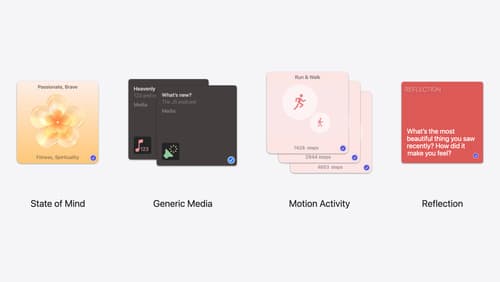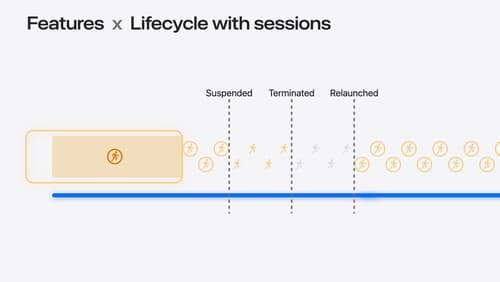Are there changes to Observation
Asked on 2024-07-30
1 search
Yes, there are changes to the observation capabilities in the weather API as presented in the session "Bring context to today’s weather" at WWDC 2024. Specifically, Apple introduced two new queries: changes and historical comparisons.
-
Changes Query: This query provides upcoming changes to temperature and precipitation, including the time at which they will occur. It highlights significant upcoming fluctuations such as increases or decreases in temperature or precipitation. This is useful for applications that need to inform users about significant weather changes in advance.
-
Historical Comparisons Query: This query allows you to compare today's weather to historical averages, providing context based on data collected over the past 50+ years. This can help users understand how today's weather deviates from historical norms.
For more details, you can refer to the session Bring context to today’s weather (09:05).
Relevant Sessions

Enhanced suggestions for your journaling app
Find out how your journaling app can display journaling suggestions with richer content from the system. Explore new types of available content like state of mind data, reflection prompts, and support for third-party media content and motion-based activities.

What’s new in location authorization
Location authorization is turning 2.0. Learn about new recommendations and techniques to get the authorization you need, and a new system of diagnostics that can let you know when an authorization goal can’t be met.

Bring context to today’s weather
Harness the power of WeatherKit to get detailed weather forecast data such as precipitation amounts by type, cloud cover by altitude, or maximum wind speed. Find out how you can summarize weather by different parts of the day and highlight significant upcoming changes to temperature or precipitation. Understand how you can compare current weather to the past through our Historical Comparisons dataset and dive into historical weather statistics for any location in the world. We’ll also explore how you can do all of this faster with our Swift and REST APIs.
